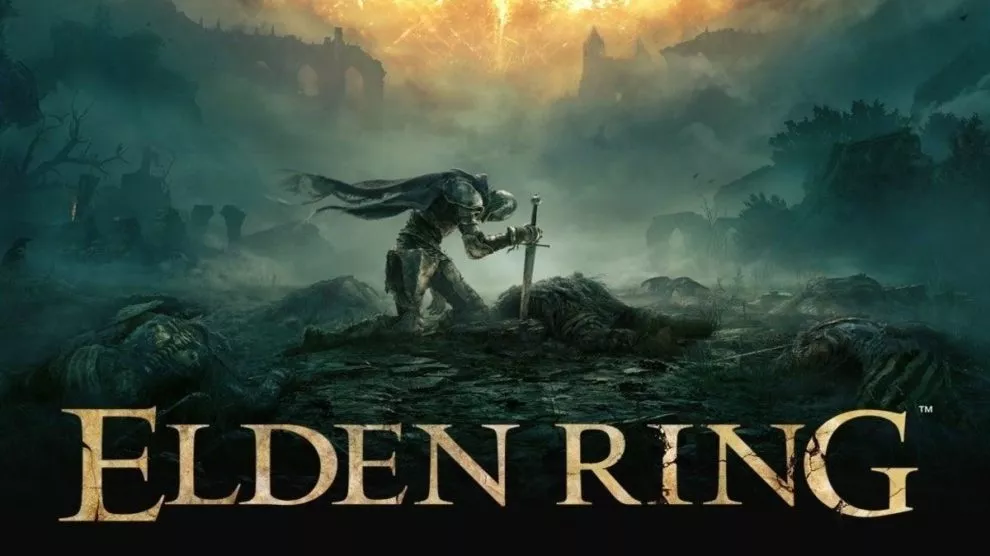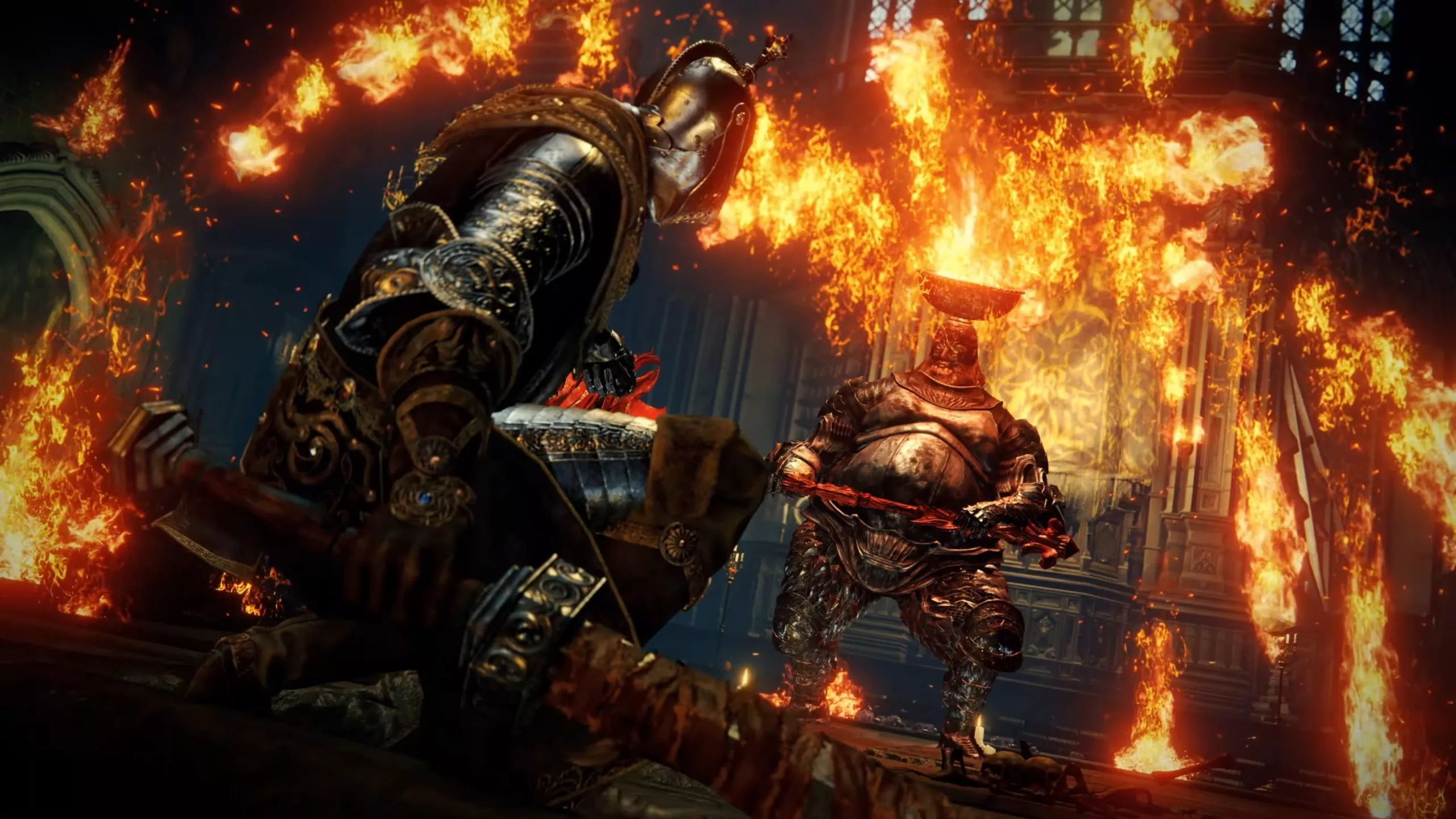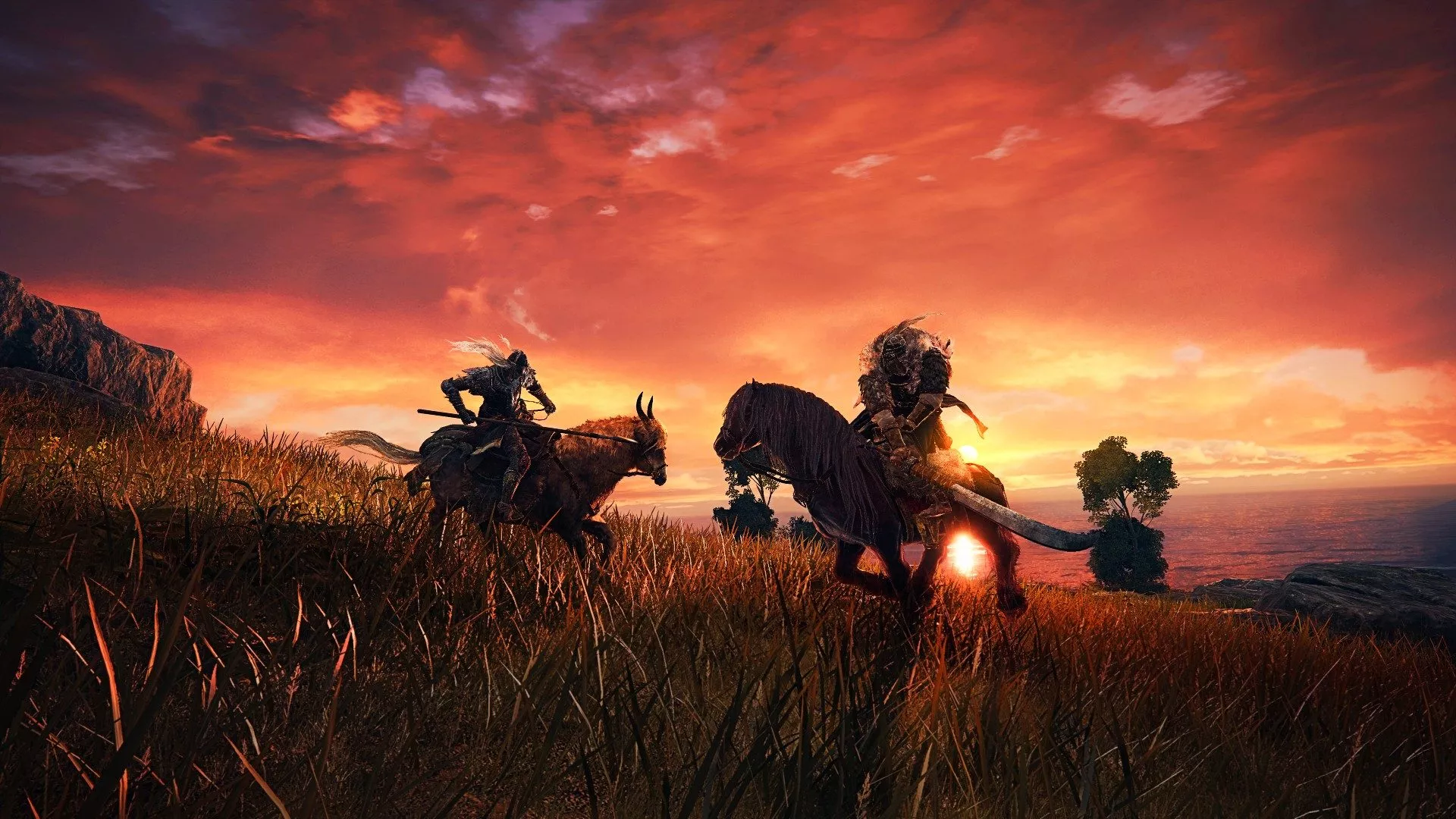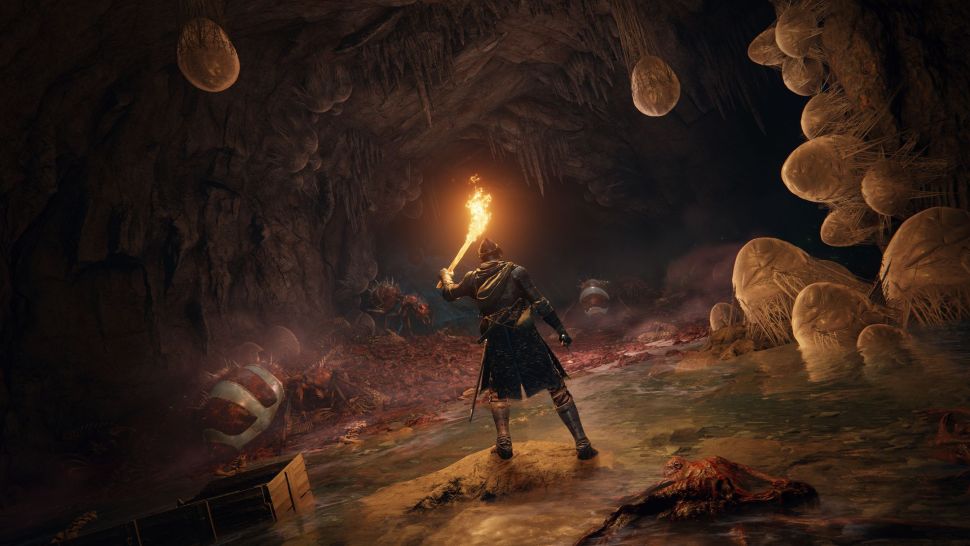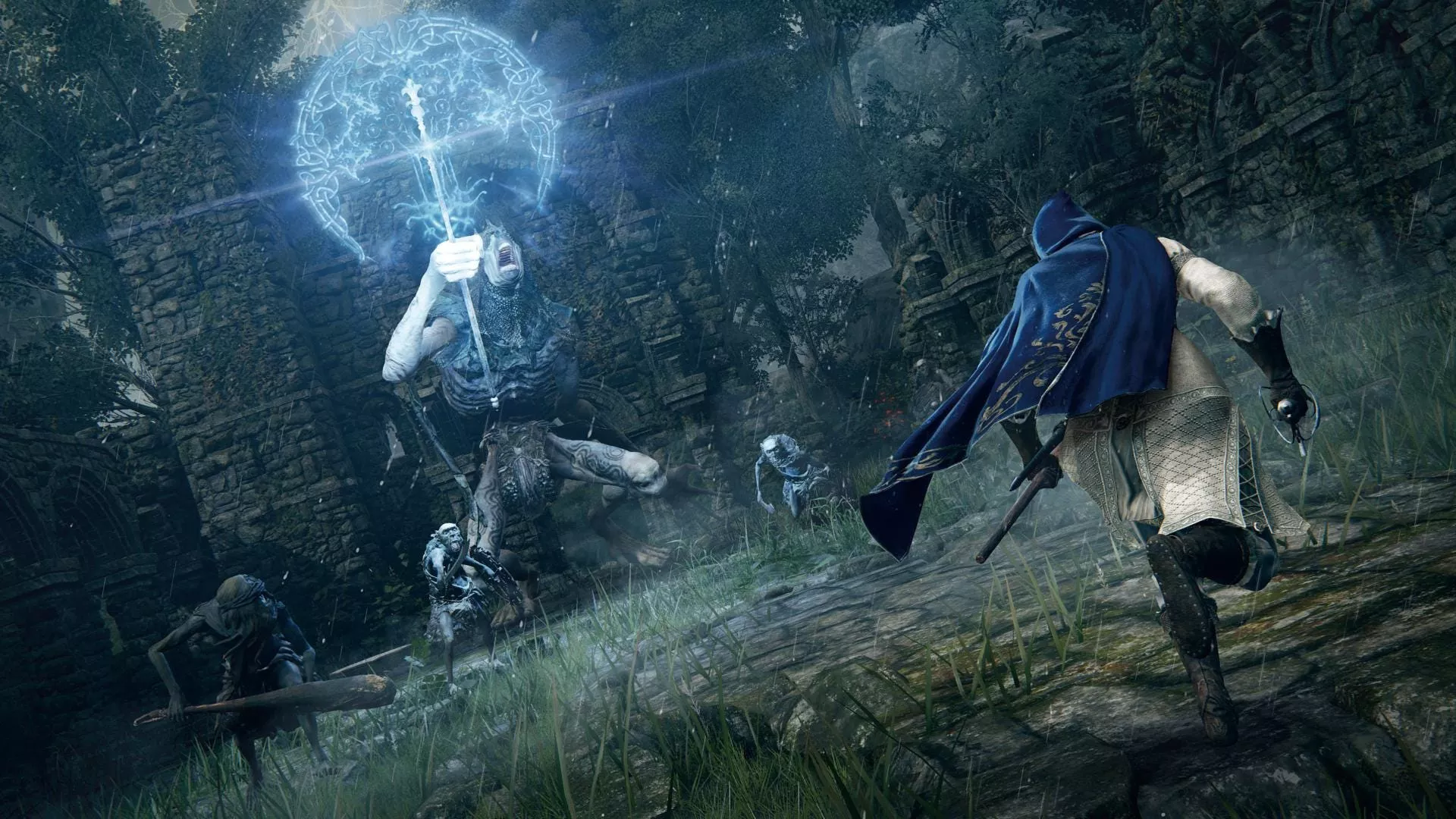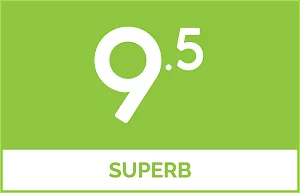A game of the year contender for sure.
FromSoftware has been refining its action RPG chops for more than a dozen years now. Starting with 2009’s Demon’s Souls, the development studio laid down a strong foundation that echoed through its next decade of releases. The Dark Souls series is when people really began to take notice and this continued with both Bloodborne and Sekiro Shadows Die Twice as these titles became mainstream; Sekiro even took home Game of the Year at the Game Awards in 2019.
This rise in success solidified FromSoftware as one of the most influential developers around. But it just feels like they are only getting started.
Elden Ring is the next game “Soulsborne” fans have been clamouring to get their hands on. But has it been worth the hype? Abso-bloody-lutely. Elden Ring is the culmination of those six other FromSoftware titles and the things that have learned as a developer creating them. If Demon’s Souls was a fluffy cheesecake, Dark Souls was a decadent slab of chocolate mud and Bloodborne was a delicate red velvet block, then Elden Ring is a triple-stack cake with several meticulous layers to dig into. It’s going to be freaking delicious, but you’re going to cry while devouring the entire thing.
George R. R. Martin (Game of Thrones) was brought in to help establish world building, lore and the overall setting that Elden Ring would be based around. From there, Creative Director and Studio President Hidetaka Miyazaki took those ideas and crafted a rich world with the rest of the FromSoftware team. The titular Elden Ring is a mysterious force that was shattered as a number of Demigods waged war on each other. You’re tasked with collecting Great Runes that these Demigods are holding, and will hopefully restore order upon completion.
A lot this information takes place outside of cutscenes, with the player learning about the world by interacting with other characters, reading item descriptions or just putting the pieces together by viewing your surroundings. It’s classic FromSoftware storytelling but done in a more digestible way this time around as the lore is made a bit clearer.
The Lands Between is the backdrop Elden Ring takes place in. This is an assortment of diverse locations that consists of dungeons, caves, forests, ruins, catacombs, and many more places to explore. Unlike past FromSoftware games which had carefully planned levels that were tied together in a hub, Elden Ring has expanded out into an open world environment. As you explore, you’ll unlock Sites of Grace — aka Bonfires from Dark Souls — which act as a checkpoint to respawn at, and also fast travel to. One of the first things you’ll acquire while uncovering the map is a mount, allowing you to get around quicker… and you’re going to need it, because this map is enormous. At about 45 hours in I thought maybe I was getting close to the end, but as I continued, I realised that I wasn’t even halfway through.
There are so many amazing things that can distract you along the way to get caught up and lost in. Elden Ring isn’t riddled with objective markers, nor does it put in a big blinking icon on the map that tells you where to go. The progression is very natural, and combined with self-discovery. You enter the starting area in Limgrave and get annihilated by the golden knight on horseback, and that is when you know you shouldn’t be venturing near him again for a while. There are subtle game elements that guide you to where you should be going, or where you shouldn’t be just yet.
Elden Ring uses the same basic systems for leveling as the other Soulsborne games, but this time you’re collecting runes from defeated enemies. You’ll use these to put points into your character, which in turn allow you to become stronger. For those unfamiliar, the catch is that if you die while exploring, you’ll drop those unspent runes that you’ve accumulated. From your most recent checkpoint, you’ll then have to journey back to the location of your death and pick up the runes; if you die once again before getting to them, those runes are lost forever.
Combat is relatively similar to the Dark Souls series, with the addition of mounted battles while you’re out in the open. There are numerous weapons to be discovered that require specific stats to be able to use them correctly — I personally went with the sword and shield combination by stacking a lot of my points into Strength and Dexterity. That being said, there are plenty of spells to be wield if magic is more your style of play. Regardless, combat is still top tier and some of the best you’ll find. It rewards you for being patient and knowing when the best opportunities are to strike or back off.
One area of contention over recent years is the difficulty of the titles FromSoftware releases. Like its previous games, there isn’t a setting to select how easy or hard things will get… unless you use the Bell Demon in Sekiro to make things spicier. However, several design decisions and mechanics have been added that will allow players that want to take an easy route the ability to do so.
Other than the Sites of Grace, there are Stakes of Marika; these act as another respawn location, but they cannot be used to regain your health, refill your flask, or level up your character. They generally appear near boss locations, and mean you aren’t having to work your way back to the fight if you don’t want to. Another great addition is the ability to use Spirit Summons, friendly allies that will help you in battle — particularly during boss encounters. There a plenty of different types of summons to find along the way, and they can also be levelled up so they stay relevant the further you progress. There are basic tools, like giving players the option to purchase notes from merchants that offer you combat hints on how to approach certain enemies, or resolving different problems presented to you.
If that isn’t enough, there are returning systems that allow you to summon other players into your game to help if you’re stuck, or reading messages left on the ground by other people offering advice. I think these additions are smart ways to allow players to have an easier experience, while keeping the core gameplay loop that FromSoftware has created intact.
Where Elden Ring shines the most is with its gigantic open world environment. It has taken the formula that its developers have perfected so well in past games, elevating it to an entirely new level. I couldn’t get enough of exploring and seeing how far out I could go without being slapped around by the next strange enemy you encounter. FromSoftware has done a marvellous job of creating interesting and unique foes to come up against, and some of them are just terrifying – need all I say is Spider-Fingers.
While you’re not delving into caves, catacombs and ruins, you’ll find Legacy Dungeons sprinkled throughout The Lands Between. These are the self-contained fortresses with the intricate level design that Soulsborne fans will be very familiar with. As you slowly progress through each area, you’ll open new shortcuts that allow you to explore a bit quicker. Again, the puzzlelike labyrinths showcased here are spectacular, and the size of some of these locations are astonishingly large.
Elden Ring isn’t without fault, with areas of improvement that could be made. For starters, there are elements of the UI that could make things a little clearer for the player. Some status effects — whether positive or negative — are represented by an icon on the player’s HUD. There is no distinguishable way to determine exactly what precisely is going on here without going to external pages like a wiki guide (and that’s not available as yet). This also reoccurs with the Ashes of War, which are special abilities that can be applied to weapons. Once bound to an item, you are unable to view what it is the ability does anymore; on top of that, the detail of information beforehand is lacking.
Performance issues inside the PC version were the most significant problem experienced. During the first few areas of the game there were moments where the framerate would drop – sometimes in half. It wasn’t a big problem… that was, until the final areas saw this escalate to the point that the game would freeze for a second or two and then quickly speed up again. I’ve also confirmed this isn’t just an isolated issue and that others are experiencing the same problem on PC.
At this point I’ve put over 70 hours into Elden Ring and haven’t finished it yet; nevertheless, I’m completely blown away by how impressive it is. FromSoftware has managed to evolve its core formula into a work that still feels similar, but wildly different at the same time. This is a remarkable accomplishment; from what I have played so far, Elden Ring is everything fans have been dreaming of. It is one of the most rewarding and satisfying gaming experiences that I’ve had in the last few years; one that will make you cry, but amaze you while doing so.
Update [28 February 2022]: After spending the last few days working my way through the rest of Elden Ring, my playtime is now over 100 hours. I’ve had the opportunity to discover and explore some late game locations, as well as take on several new boss fights to the lead up of the story’s conclusion.
One element of the endgame I was beginning to notice while writing my review in progress was the uneven escalation of its difficulty. FromSoftware has done a phenomenal job giving players the tools to impact certain aspects of just how tough it want fights to be. However, this significant and unbalanced ramp up in difficulty could cause headaches for a lot of players as they hit a wall of frustration – especially those new to this style of game.
Since launch there have been widespread reports of the same performance issues on PC, including those I experienced during the review period. Bandai Namco has addressed this and acknowledged that these issues are being addressed. But as of this time its framerate still stutters, and random freezes that impacting the gameplay have yet to be fixed.
Overall, Elden Ring is slightly held back by some lacking information in the UI, the uneven nature of the difficulty towards the endgame, and the inconsistent performance on the PC platform. Despite this, it’s an incredible experience and will be one of the best games you’ll play this year.
Elden Ring was reviewed using a promotional code on PC, as provided by the publisher. Click here to learn more about Stevivor’s scoring scale.
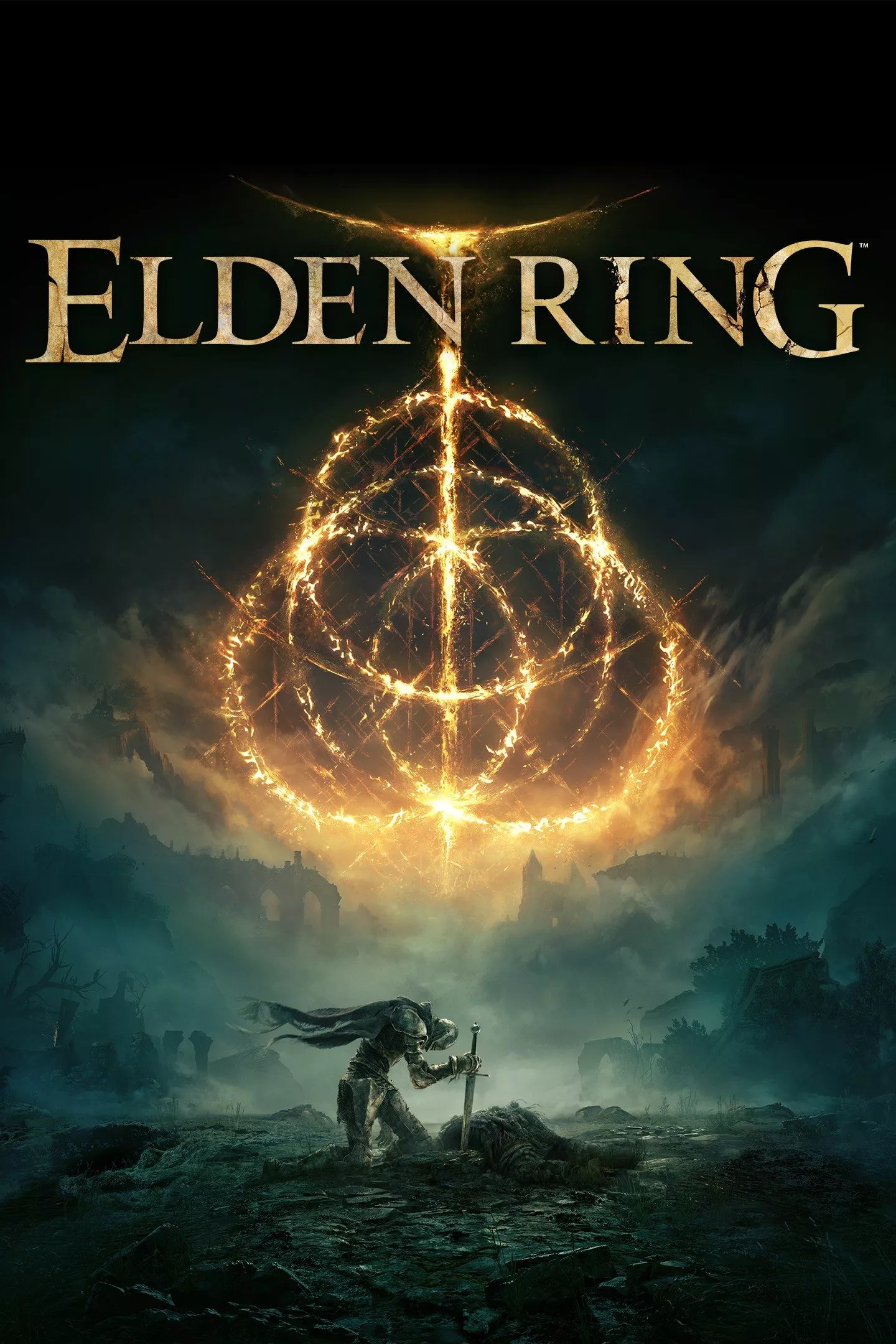 |
Elden Ring25 February 2022PC PS4 PS5 Xbox One Xbox Series X
|
This article may contain affiliate links, meaning we could earn a small commission if you click-through and make a purchase. Stevivor is an independent outlet and our journalism is in no way influenced by any advertiser or commercial initiative.























